Interview
Interview: Isabel Herrera
In conversation with Isabel Herrera from Guatemala City and self-taught instant photographer.
Can you talk about your journey into or interest the arts?
For as long as I can remember, my life and family has been surrounded by artists and creators. I believe an important part of my influence comes from my mother who back in the 70s worked with large format compositions of batiks, the wax-resist dyeing technique as well as paper collages. She then ventured into haute couture! She was always experimenting, trying with new materials, techniques, processes. I would always like to sit next to her, sometimes as her assistant, sometimes as an observer, always her student. My father, on the other hand, was our family’s photographer. I was always intrigued by his meticulous use of the Kodak Retina, and all the other Canon and Olympus cameras and different lenses that lived among us in every birthday party and vacation. We felt we lived in constant photo shoots. Even nowadays when I look at our family albums, I am so impressed by his compositions, his vision.
My personal beginning or journey into photography, however, began in 2013 after having the privilege to participate in a project with an internationally renowned Guatemalan photographer and dear friend. After working along with him in this photographic and art venture, I began to learn to see, to notice, or better yet, to realize that I already noticed and appreciated all that I now seek to capture. I believe this is a key moment in my journey into photography.
In 2016 I experienced a life changing event in my life, an accident where I was run over my own car, pressed and crushed against a wall. At that moment I did not know if I was going to survive, as breathing became almost impossible and I had already lost the ability to see. I was indeed blind. I knew and felt though that my life did not end there, however. Not that day.
This precise moment of most uncertainty marked a rebirth, a transformation that expanded my consciousness towards new possibilities of introspection, of perspectives, and mostly of gratitude. It opened the eyes of my soul. I reached then an overwhelming need to connect with my spirituality, with nature; always in a search of stillness and presence. My creative imagination and desire to create and to explore were born, and thus my relationship with instant photography began.
Do you use a sketchbook? I’m interested in what a sketchbook means to you and your work?, or how people develop their ideas.
This is a very interesting question and it is a bit complicating to answer. I don’t use a physical sketchbook to develop my ideas or images. After I create a series of photos, or emulsion lifts, for example, I do tend to digitise them and then arrange them into a digital ‘sketchbook’. Having my work structured in this matter helps me organize my thoughts, it helps me reflect and deepen on what I want to portray, what I feel. It may also open up my creativity and imagination to more possibilities when shooting. It makes me think beyond the structure, beyond the series. Furthermore, it has helped me on important things like how I want to name, and how I want to display my work. I give this a lot of thought.
I never rely solely on my digitised images, however. Each physical photo is unique and I do not think that its essence and poetry can be transmitted in any other format. I immerse myself completely in each photo I like, that one that conveys the stillness, the silence, the fairy tale you may see in my work. This is why I always need to scatter my work and series in a structured manner on a work table, or on my bed! I need to see the photos, touch them, explore them in different lighting conditions, set them alone and in groups with others. This is when I choose, where I deepen, and where I feel what I want to share. It is a fascinating part of the process
You have an interest in the instamatic film format, can you talk about this and how you use it in your work.
Instant photography has become part of my life these past years as I mentioned above. I take my camera and film everywhere, even when I go for long runs! I don’t know when a shooting moment will arise. These moments usually come to me, I generally do not decide when and how I will shoot. There is generally a common denominator in my photos though: nature and light. I seek these two and need them to cope with life’s struggles and challenges, they transmit and bring me serenity, peace.
I like to vary between the cameras and films I use. It depends on the mood, the lighting and what has captured my attention to be shot. Sometimes I like working with BW 600 or SX-70 film, other days it is a colour film kind of day. I am confident saying that my favorite camera nowadays is the Polaroid SX-70. I love how sensitive and fragile to light and other environmental conditions it is. Even so, the uncertainty of the results is something I like about working with this camera. It is like an allegory to life.
Recently I have also been shooting with the Mint SLR670-S and exploring the different shutter speeds that its Time Machine lets me adjust. It’s so much fun. I also love that I can shoot in more lighting conditions with it as well, and this now with the current restrictions has been very convenient.
As you probably know, I love to work on polaroid emulsion lifts, and am currently experimenting with different films, papers, liquids and processes. Sometimes they work, and I am pleasantly surprised, and sometimes they don’t, of course. This learning part of the process is highly enjoyable to me.
Can you talk about your process of working. How do you work, how often, is there a particular pattern?
I do not have a particular schedule. As I mentioned, I generally do not set a moment to work or to shoot. The moment and feeling comes to me, I don’t seek it. This how the best outcomes in my work arise. There are some weeks where I am immersed in so many other things, and responsibilities where I do not get to work with my art at all, and there are other weeks where I shoot and get to experiment with my photos daily. I may shoot three photos one day or three packs of film, or I may work on one emulsion lift or on five ! Emily Dickinson said: “That it will never come again is what makes life sweet”. I therefore need to feel serene and still, open to receive these evanescent instants I long to capture, instants that will never return – cherishing the impermanent.
Given the current restrictions I have had to explore different possibilities on where and how I find silence and stillness. I have fortunately found it; it may be in a cloud, in a fallen leaf , in the wind, or even when I hang the laundry out to dry!
Do you find the process of creating work relaxing or therapeutic? I’ve become increasingly interested in the relationship of the sketchbook and the work to the artist.
Creating work is mostly therapeutic to me, I must to create in order to relax my mind and soul. This time more than ever though, is a time I feel a need to create, to heal, and to accept. Toni Morrison once said: “Art invites us to know beauty and to solicit it, summon it, from even the most tragic of circumstances. Art reminds us that we belong here. And if we serve, we last.” I surely want to last; I also want to continue dreaming, hoping, and being grateful for each moment I have, each moment I am able to capture and share.

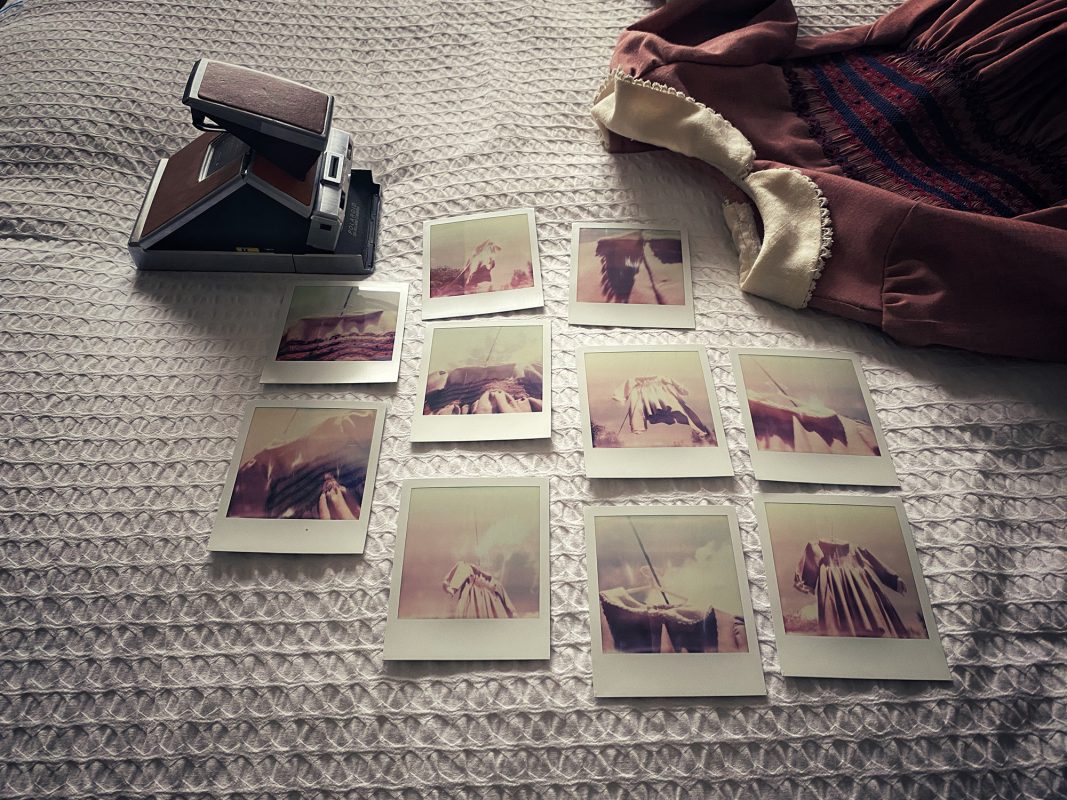
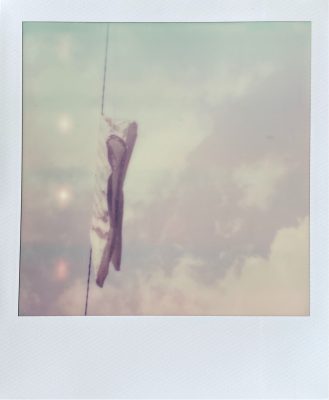
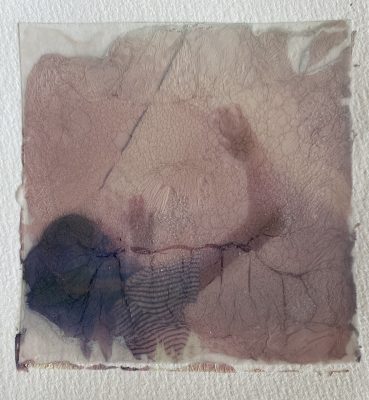
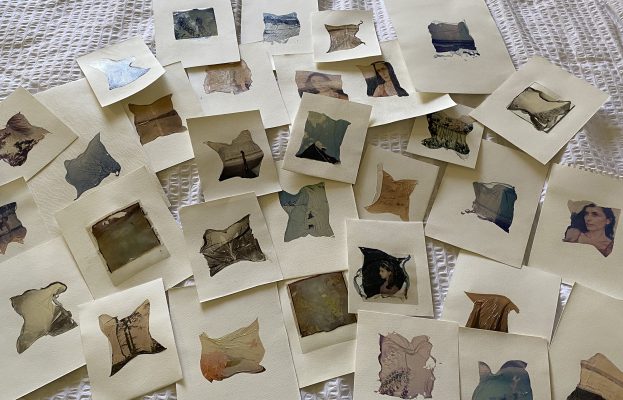
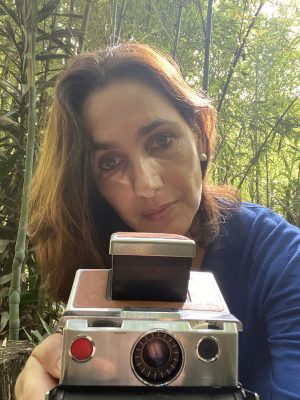
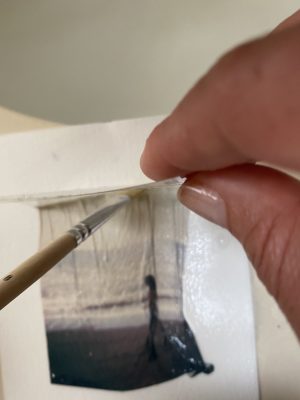
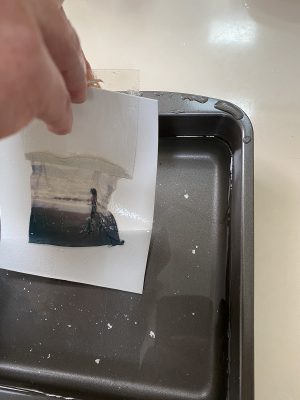
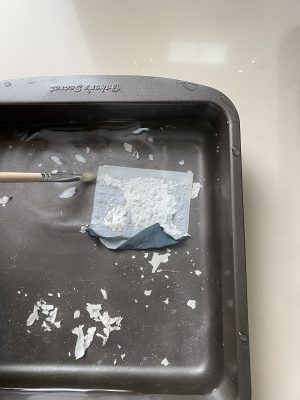
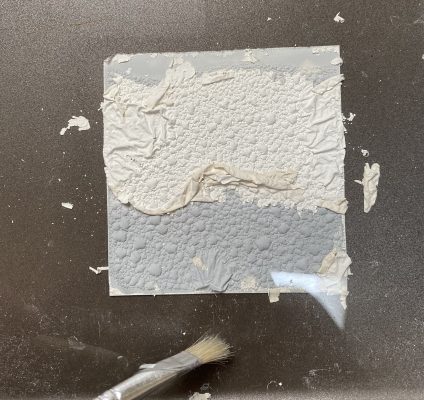
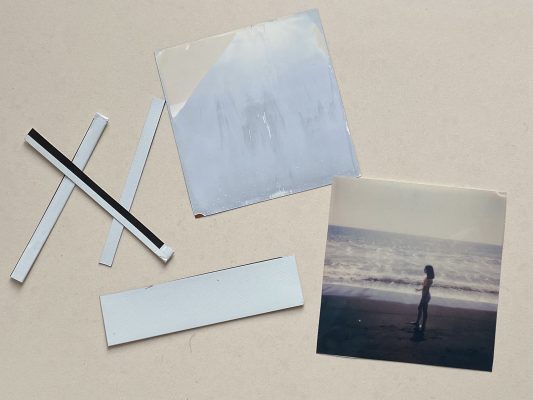
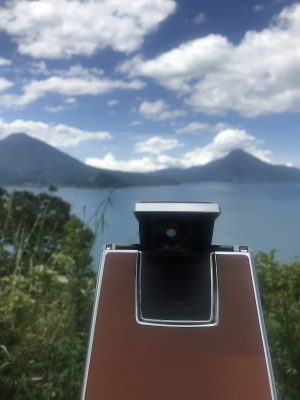
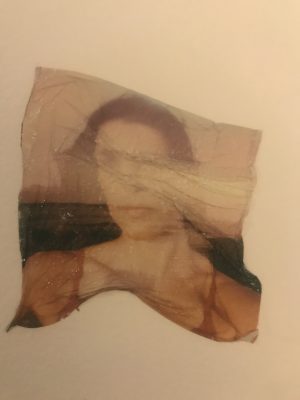
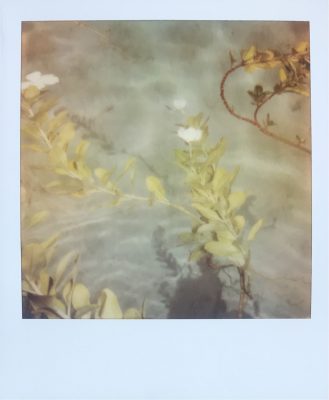
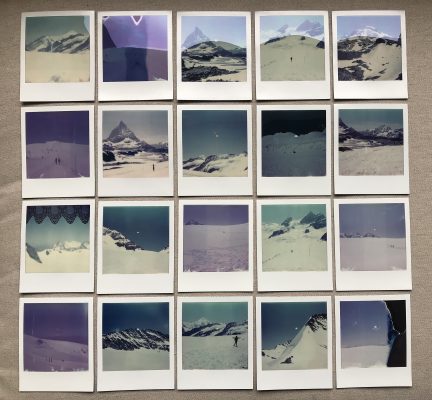
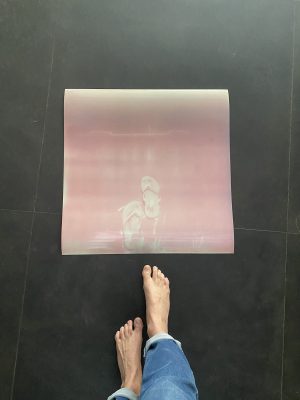
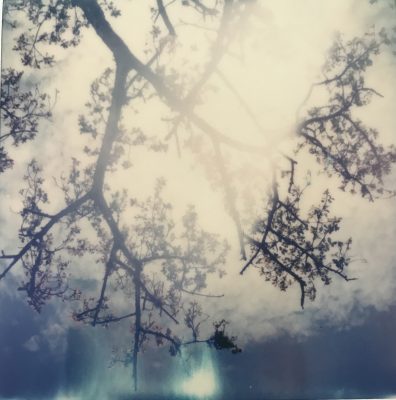
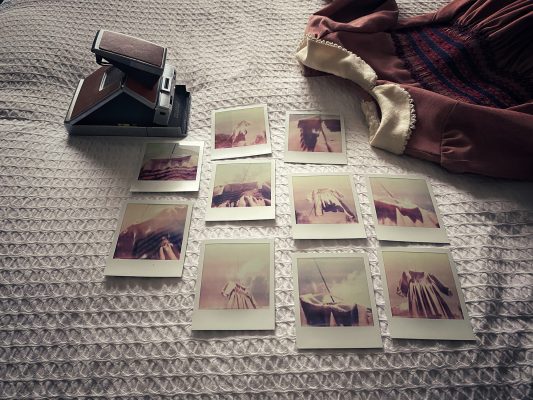
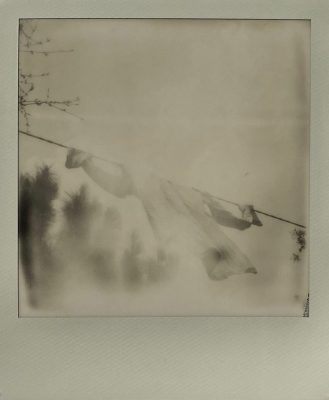
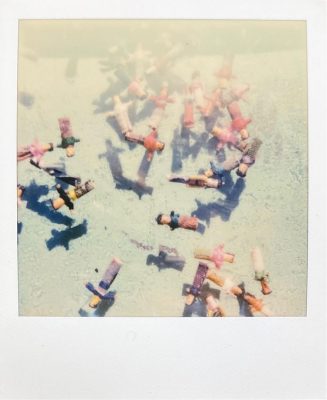
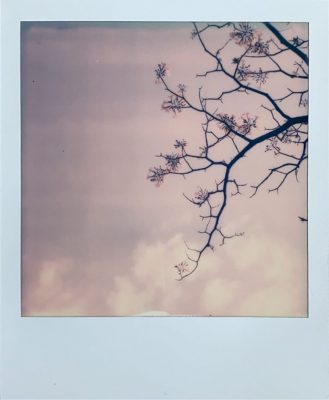
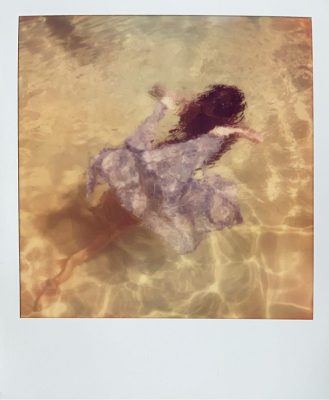
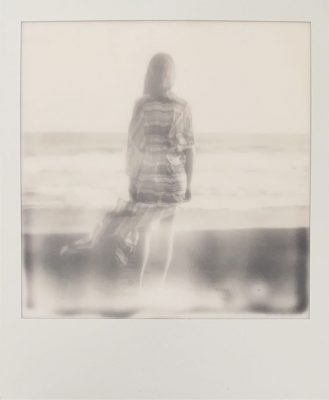
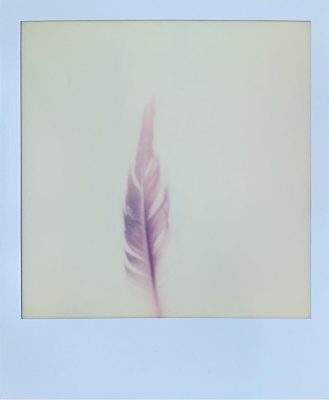
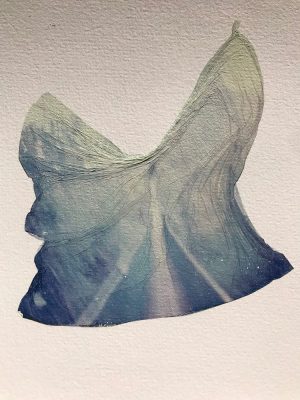
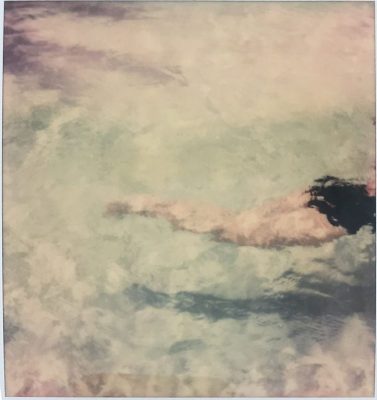
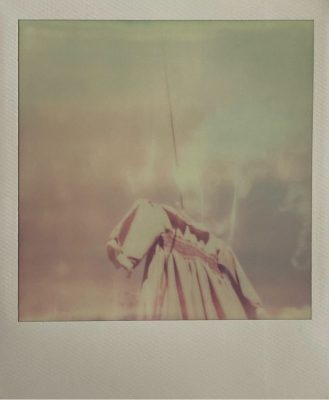
Wow for me Isabel is the best artist I’ve ever seen! Her job is great!!!!
She is the best!!!